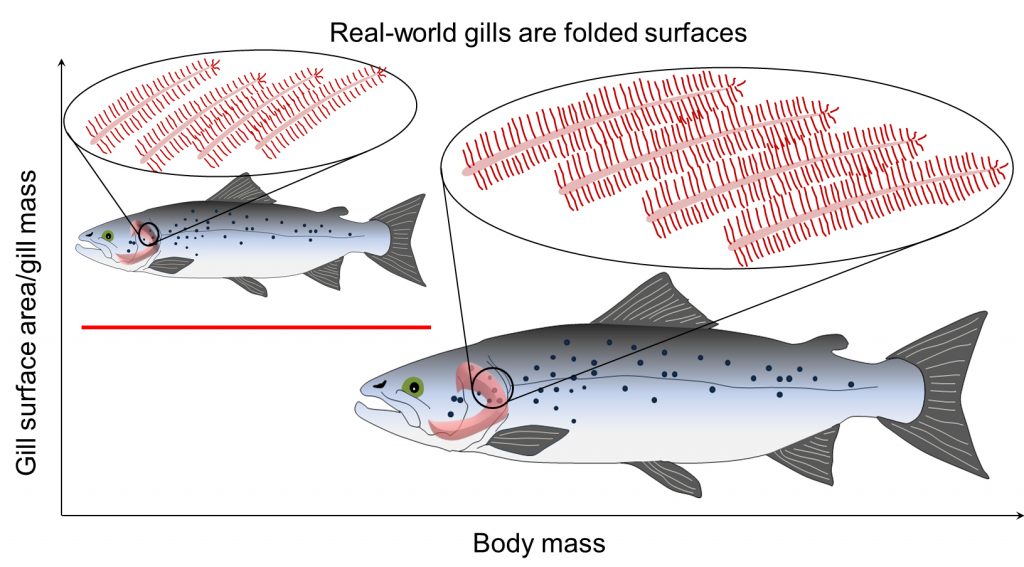The role of oxygen supply in modelling effects of global warming on fish
Sjannie Lefevre
University of Oslo, Norway
Global warming has already happened and is likely to continue. Even with the most optimistic projections, temperature in the ocean is expected to have increased by ~1ºC by the end of the century, relative to year 1986-2005, and in the worst case by ~4ºC. These projections lead to the question of how marine life, including ectothermic animals such as fish, will be affected. With warming, the energy and hence oxygen demand of ectotherms increases, and from laboratory experiments it is known that temperature affects growth and can also affect body size. During the last decade, temperature-induced limitations in oxygen supply or aerobic scope has therefore been central in much research concerning the effect of global warming on fish. The hypothesis of ‘gill-oxygen limitation’ (GOLT) is proposed to explain asymptotic fish growth and projects worldwide declines in fish size because of global warming. But the theoretical view on how the surface area of gills grows to match the increase in size is questionable. Using the same equations to predict the future size of fish under conditions of increased temperature (as has been used in published GOLT-based projections), but by including scaling exponents that are supported by empirical data, the model projects that with a future increase in temperature of 1ºC, fish will be reduced to less than 1% of their current day body mass, raising serious concerns regarding projections based on this hypothesis.









You must be logged in to post a comment.